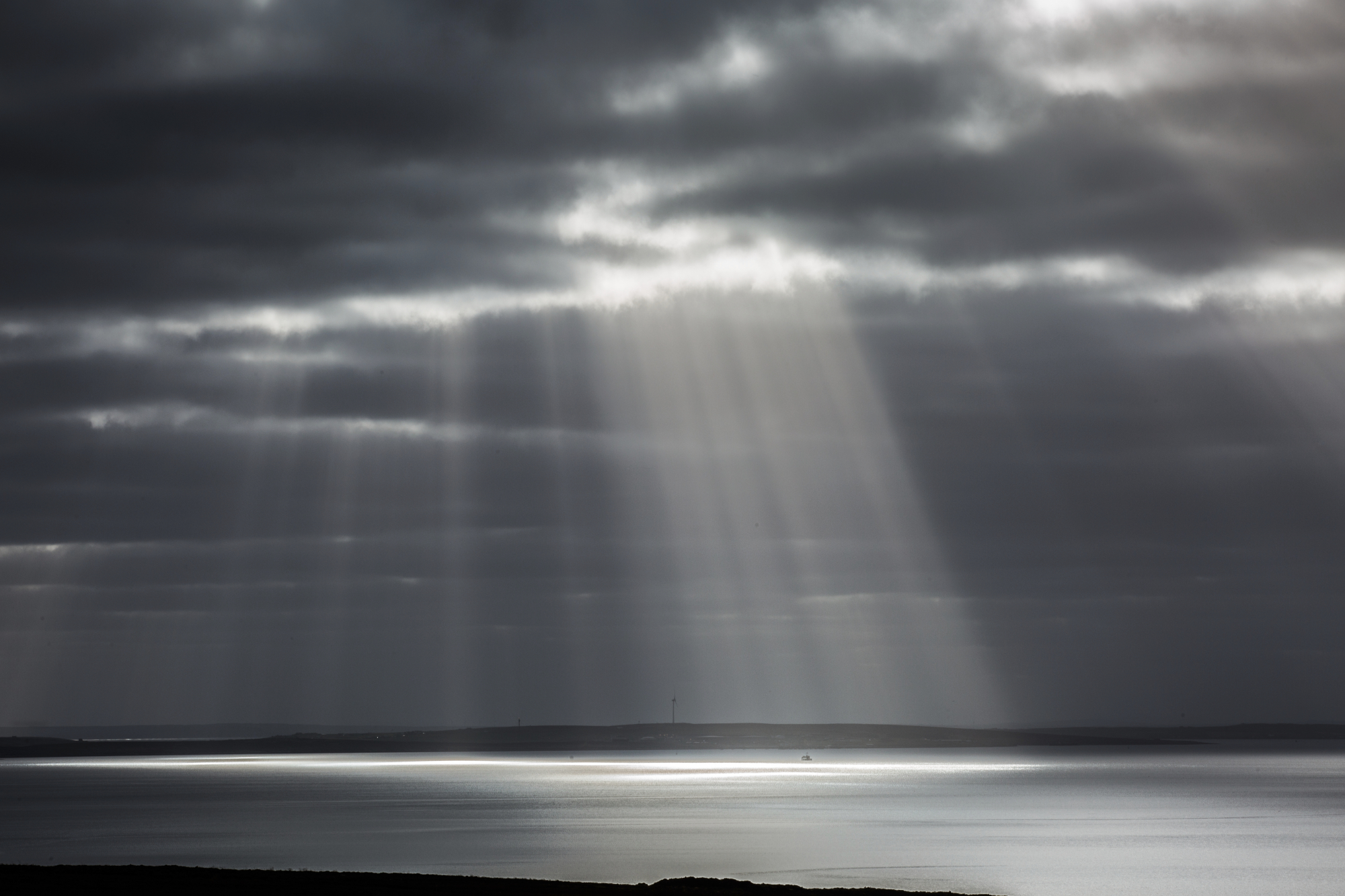New historic marine protected areas in Orkney and Shetland

Pictured: Light over Scapa Flow, Orkney © Orkney.com
A World War naval base and a centuries old Swedish ship have both been named as Scotland’s newest historic marine protected areas (MPAs).
Cabinet Secretary for Climate Action and Energy Gillian Martin confirmed the designation of the two sites off the coasts of Orkney and Shetland to recognise the national importance of the historical marine assets and provide legal protection to ensure their preservation.
The Scapa Flow site off the coast of Orkney has a number of different historic marine assets including the largest concentration of warship wrecks and other wartime artefacts in the UK.
It played an important role as a naval base during the two World Wars of the 20th century and was the location of the internment and scuttling of the German High Seas Fleet at the end of the First World War.
The Queen of Sweden is one of the best-preserved remains of a Swedish East India Company ship located in waters around Scotland. She was built in Stockholm in 1741 to trade with China – the largest ship built for the company at that time – and sank off the coast of Shetland in 1745 during strong winds.
The first historic MPAs were designated by the Scottish government in 2013 to identify and protect marine historic assets of national importance which survive in Scottish territorial waters.
It is a criminal offence to remove, alter or disturb any of the protected sites across the country.
Confirming the designation of the two sites yesterday, during a tour of the Scapa Flow site, Ms Martin said: “These two new historic marine protected areas – at Scapa Flow, and the Queen of Sweden wreck site in Shetland – are important additions to our network of historic MPAs, which protect the most significant wreck sites across Scotland’s seas.
“The designation of these sites recognises their national value and will help to ensure that future generations can continue to explore, learn from, and be inspired by Scotland’s underwater heritage. I’m grateful for the support from local authorities, heritage bodies, and marine industries in bringing these designations forward.”
Elizabeth McCrone, director of heritage at Historic Environment Scotland, added: “We are delighted that Scapa Flow and the Queen of Sweden have been designated as historic marine protected areas.
“These sites are nationally important parts of Scotland’s maritime history and this recognition will ensure they can be protected and enjoyed responsibly for generations to come.”
Orkney Islands Council leader Heather Woodbridge said: “Wrecked vessels, including those of the German High Seas Fleet, are a significant heritage asset and attract visitors from all over the world, contributing to the economy of Orkney.
“Sadly, the condition of the wrecks is deteriorating, and these important remains will not last forever. Officially recognising and protecting these sites is therefore vitally important to maximise their longevity.
“This historic MPA will ensure these irreplaceable assets are protected from future human damage or disturbance while still allowing for responsible access, research and education where appropriate.”
Shetland Islands Council leader Emma Macdonald said: “We welcome this historic MPA designation, which will help preserve an important part of Shetland’s maritime heritage.
“The Queen of Sweden is one of the best-preserved 18th-century trading vessels, lying in shallow waters and popular with local divers. This designation will provide her with greater protection while ensuring she remains accessible to the diving community.”









